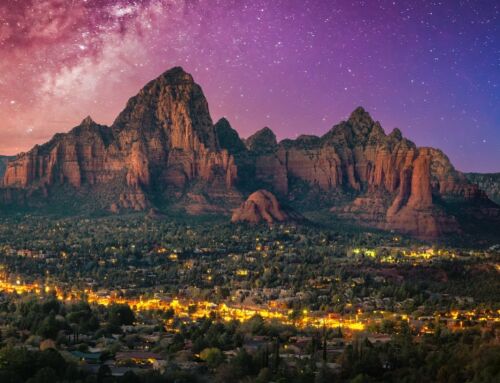The Wave – Literal and Philosophical
The Wave is a sandstone rock formation located in the Vermilion Cliffs National Monument, near the Arizona-Utah border. The formation is known for its undulating shape and vibrant red and orange colors, which are caused by the iron oxide that is present in the rock. The Wave is a popular destination for hikers and photographers, and is considered to be one of the most photographed landscapes in the American Southwest.
The Wave is located in a remote area, and accessing it requires a hike of several miles through rugged and barren terrain. Due to the fragile nature of the formation and the high level of visitor use, only a limited number of permits are issued each day to visit the site, and these are available through a lottery system.
The Wave is a unique and awe-inspiring natural formation that can elicit a sense of wonder and humility in those who see it. The intricate patterns and vibrant colors of the rock, along with its remote and otherworldly setting, can inspire a sense of connection with the natural world and a sense of the vastness and complexity of the universe.
Philosophical reflection on the Wave may center around the nature of beauty, the relationship between humans and the natural world, and the meaning and purpose of existence.
Seeing the wave may prompt reflection on our relationship with nature. The wave can inspire thoughts on impermanence and the transient nature of all things, which is the perfect place to reflect on Taoism, and the riverlike quality of life and the universe.
Additionally, the Wave’s remote location, and the effort required to visit it can also lead to Thoreavian reflections on the value of solitary and contemplative experiences, as well as the power of nature to inspire and enlighten us.
In summary, the Wave can be seen as a symbol of the beauty, mystery, and complexity of the natural world, and can inspire philosophical reflection on a wide range of topics related to our place in the world and our relationship with the natural world.
Written by Andrea Christelle, founder of Sedona Philosophy.








Leave A Comment